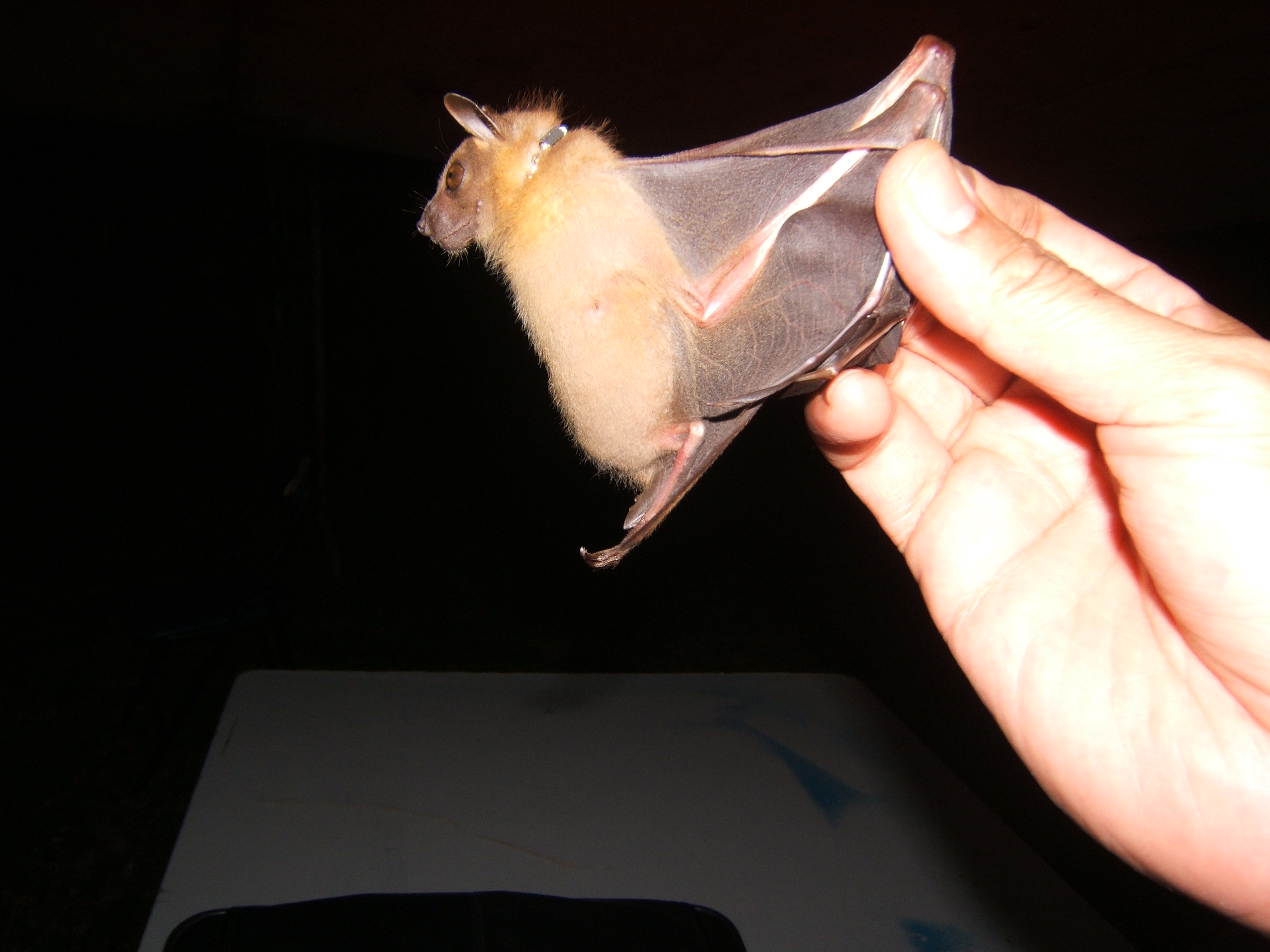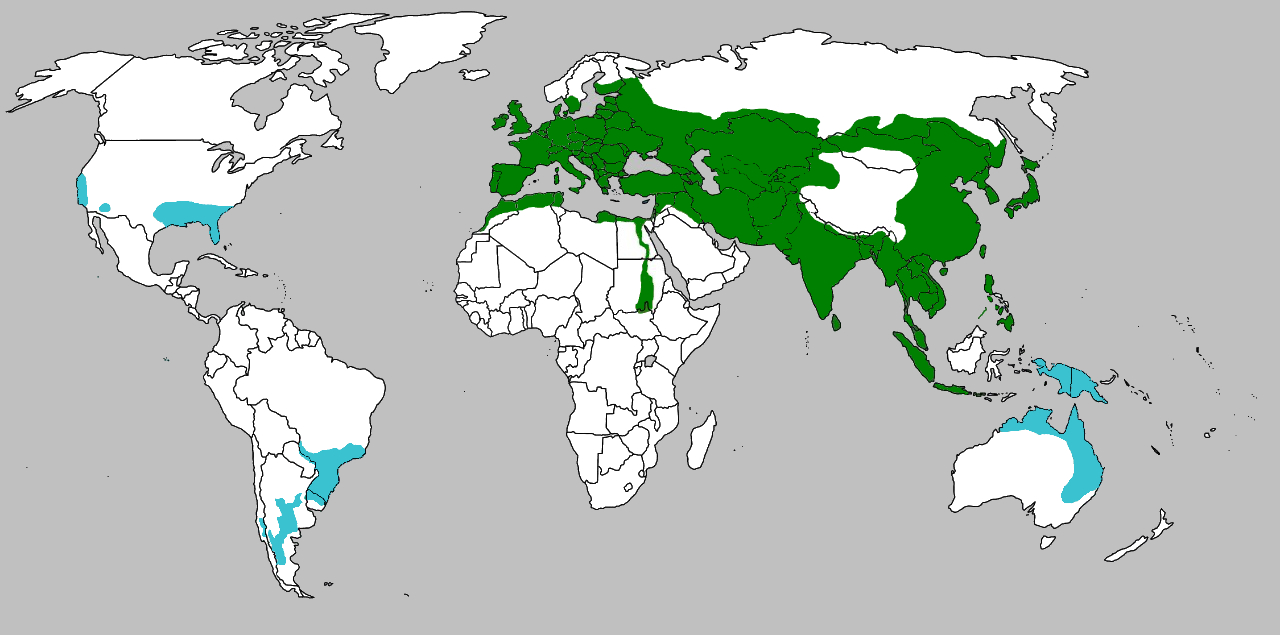|
Short-tailed Gymnure
The short-tailed gymnure (''Hylomys suillus'') is a small mammal from the family of the Erinaceidae. The scientific name of the species is first published by Salomon Müller in 1840. Description The upperparts of the short-tailed gymnure are reddish brown to dark brown, with a grey tinge. The underparts are light grey, with white-tipped hairs. It resembles a large shrew, with a long snout and a very short hairless tail. It also has rounded, leathery ears. The head and body length is and the tail length measures Habits and habitat This mammal is active both day and night. The species lives in hill and montane forests up to 3,000m, but sometimes in humid lowland forests. It feeds mainly on insects on the ground but it also takes some fruit sometimes. They normally don't live any longer than 2 years. Distribution The species lives mainly in Southeast Asia (Brunei, Cambodia, Indonesia, Laos, Malaysia, Myanmar, Thailand and Vietnam), but it is also found in China Ch ... [...More Info...] [...Related Items...] OR: [Wikipedia] [Google] [Baidu] |
Salomon Müller
Salomon Müller (7 April 1804 – 29 December 1864) was a German naturalist. He was born in Heidelberg, and died in Freiburg im Breisgau. Müller was the son of a saddler in Heidelberg. Along with Heinrich Boie and Heinrich Christian Macklot, he was sent by Coenraad Jacob Temminck to collect specimens in the East Indies. Here, he worked as an assistant for the ''Natuurkundige Commissie'' (Commission for Natural Sciences), an organization that he eventually became a member of.Nationaal Herbarium Nederland (biography). Müller arrived in in 1826, then journeyed to |
Hylomys
''Hylomys'' is a small genus of the family Erinaceidae. ''Hylomys'' species, like all species in the subfamily Galericinae, are known as gymnures or moonrats. Their closest relatives include the fossil '' Lantanotherium'' and '' Thaiagymnura'' and the living ''Neotetracus'' and ''Neohylomys''. Members of this genus are found in Southeast Asia and Eastern Asia. Species * '' Hylomys engesseri'' Mein & Ginsburg, 1997 (fossil) * '' Hylomys megalotis'' Jenkins & M. F. Robinson, 2002 (Long-eared gymnure) * '' Hylomys parvus'' Robinson & Kloss, 1916 (Dwarf gymnure) * ''Hylomys suillus The short-tailed gymnure (''Hylomys suillus'') is a small mammal from the family of the Erinaceidae. The scientific name of the species is first published by Salomon Müller in 1840. Description The upperparts of the short-tailed gymnure are ...'' S. Müller, 1840 (Short-tailed gymnure) References Gymnures Mammal genera Taxa named by Johannes Peter Müller {{erinaceidae-stub ... [...More Info...] [...Related Items...] OR: [Wikipedia] [Google] [Baidu] |
Mammals Of Borneo
The mammal species of Borneo include 288 species of terrestrial and 91 species of marine mammals recorded within the territorial boundaries of Brunei, Indonesia and Malaysia. The terrestrial mammals are dominated by the chiroptera (102 species of bats) and rodents (61 species of rats and mice). Introduction The high diversity and endemicity of mammals is related to the many niches found in the tropical rain forest of Borneo and past Pleistocene events within the Sundaland region. During interglacial and post-glacial periods, there was migration of animal from the Asian mainland into Borneo and into Sulawesi via the Philippines. Due to lack of favourable habitats and small founder population, some species of animals have become extinct and others have radiated into endemic species. Of the 57 mammal species that were identified from archaeological remains in the Niah Caves, Sarawak, 13 were bats. Four of these were megachiropterans, ''Pteropus vampyrus'', ''Rousettus amplexicauda ... [...More Info...] [...Related Items...] OR: [Wikipedia] [Google] [Baidu] |
Mammals Of Cambodia
The wildlife of Cambodia is very diverse with at least 162 mammal species, 600 bird species, 176 reptile species (including 89 subspecies), 900 freshwater fish species, 670 invertebrate species, and more than 3000 plant species. A single protected area, Keo Seima Wildlife Sanctuary, is known to support more than 950 total species, including 75 species that are listed as globally threatened on the IUCN Red List. An unknown amount of species remains to be described by science, especially the insect group of butterflies and moths, collectively known as lepidopterans.REPORT 4 Fauna and flora diversity studies in Botum Sakor National Park, Cambodia April 2005 – September 2009 Frontier Cambodia, ... [...More Info...] [...Related Items...] OR: [Wikipedia] [Google] [Baidu] |
Mammals Of Brunei
This is a list of the mammal species recorded in Brunei. The following tags are used to highlight each species' conservation status as assessed by the International Union for Conservation of Nature: Some species were assessed using an earlier set of criteria. Species assessed using this system have the following instead of near threatened and least concern categories: Order: Sirenia (manatees and dugongs) ---- Sirenia is an order of fully aquatic, herbivorous mammals that inhabit rivers, estuaries, coastal marine waters, swamps, and marine wetlands. All four species are endangered. *Family: Dugongidae **Genus: ''Dugong'' ***Dugong, ''D. dugon'' Order: Scandentia (treeshrews) ---- The treeshrews are small mammals native to the tropical forests of Southeast Asia. Although called treeshrews, they are not true shrews and are not all arboreal. *Family: Tupaiidae (tree shrews) **Genus: '' Tupaia'' ***Long-footed treeshrew, ''T. longipes'' *** Painted treeshrew, ''T. picta'' ... [...More Info...] [...Related Items...] OR: [Wikipedia] [Google] [Baidu] |
Mammals Of Vietnam
Mammals () are a group of vertebrate animals constituting the class Mammalia (), characterized by the presence of mammary glands which in females produce milk for feeding (nursing) their young, a neocortex (a region of the brain), fur or hair, and three middle ear bones. These characteristics distinguish them from reptiles (including birds) from which they diverged in the Carboniferous, over 300 million years ago. Around 6,400 extant species of mammals have been described divided into 29 orders. The largest orders, in terms of number of species, are the rodents, bats, and Eulipotyphla (hedgehogs, moles, shrews, and others). The next three are the Primates (including humans, apes, monkeys, and others), the Artiodactyla (cetaceans and even-toed ungulates), and the Carnivora (cats, dogs, seals, and others). In terms of cladistics, which reflects evolutionary history, mammals are the only living members of the Synapsida (synapsids); this clade, together with Saurops ... [...More Info...] [...Related Items...] OR: [Wikipedia] [Google] [Baidu] |
Mammals Of Laos
This is a list of the mammal species recorded in Laos. Order: Artiodactyla (even-toed ungulates & cetaceans) Order: Carnivora (carnivorans) Order: Chiroptera (bats) Order: Eulipotyphla (Hedgehogs, shrews, moles and relatives) Order: Lagomorpha (lagomorphs) Order: Pholidota (pangolins) Order: Primates Order: Proboscidea (elephants) Order: Rodentia (rodents) Order: Scandentia (treeshrews) Locally extinct The following species are locally extinct in the country: * Indian hog deer, ''Axis porcinus'' possibly extirpated *Wild water buffalo, ''Bubalus arnee'' *Sumatran rhinoceros, ''Dicerorhinus sumatrensis'' * Javan rhinoceros, ''Rhinoceros sondaicus'' See also * List of birds of Laos References External links * {{DEFAULTSORT:List Of Mammals Of Laos . Mammals Laos Laos Laos Laos (, ''Lāo'' )), officially the Lao People's Democratic Republic ( Lao: ສາທາລະນະລັດ ປະຊາທິປະໄ� ... [...More Info...] [...Related Items...] OR: [Wikipedia] [Google] [Baidu] |
Mammals Of Myanmar
Mammals () are a group of vertebrate animals constituting the class Mammalia (), characterized by the presence of mammary glands which in females produce milk for feeding (nursing) their young, a neocortex (a region of the brain), fur or hair, and three middle ear bones. These characteristics distinguish them from reptiles (including birds) from which they diverged in the Carboniferous, over 300 million years ago. Around 6,400 extant species of mammals have been described divided into 29 orders. The largest orders, in terms of number of species, are the rodents, bats, and Eulipotyphla (hedgehogs, moles, shrews, and others). The next three are the Primates (including humans, apes, monkeys, and others), the Artiodactyla (cetaceans and even-toed ungulates), and the Carnivora (cats, dogs, seals, and others). In terms of cladistics, which reflects evolutionary history, mammals are the only living members of the Synapsida (synapsids); this clade, together with Sauropsida ... [...More Info...] [...Related Items...] OR: [Wikipedia] [Google] [Baidu] |
Mammals Of China
This is a list of the mammal species recorded in China. There are 495 mammal species in China, of which thirteen are critically endangered, twenty-four are endangered, forty-seven are vulnerable, and seven are near threatened. One of the species listed for China can no longer be found in the wild. The following tags are used to highlight each species' conservation status as assessed by the International Union for Conservation of Nature: Some species were assessed using an earlier set of criteria. Species assessed using this system have the following instead of near threatened and least concern categories: Order: Sirenia (manatees and dugongs) Sirenia is an order of fully aquatic, herbivorous mammals that inhabit rivers, estuaries, coastal marine waters, swamps, and marine wetlands. All four species are endangered. *Family: Dugongidae **Genus: ''Dugong'' ***Dugong, ''D. dugon'' Order: Proboscidea (elephants) The elephants comprise three living species and are the larges ... [...More Info...] [...Related Items...] OR: [Wikipedia] [Google] [Baidu] |
Mammals Of Malaysia
The wildlife of Malaysia is diverse, with Malaysia being a megadiverse country. Most of the country is covered in rainforest, which hosts a huge diversity of plant and animal species. There are approximately 361 mammal species, 694 bird species, 250 reptile species, and 150 frog species found in Malaysia. Its large marine territory also holds a great diversity of life, with the country's coastal waters comprising part of the Coral Triangle. Terrestrial fauna Malaysia is estimated to contain 20% of the world's animal species, and includes some of the most biodiverse areas on the planet. High levels of endemism are found in the diverse forests of Malaysian Borneo's mountains, as populations are isolated from each other by lowland forest. Mammals There are about 361 mammal species in Malaysia.https://ir.unimas.my/1554/1/list%20of%20361%20species%20of%20mammals%20in%20malaysia.pdf Peninsular Malaysia holds four big cats: the Indochinese tiger, the Malayan tiger, the Indochinese ... [...More Info...] [...Related Items...] OR: [Wikipedia] [Google] [Baidu] |
Mammals Of Thailand
Mammals () are a group of vertebrate animals constituting the class Mammalia (), characterized by the presence of mammary glands which in females produce milk for feeding (nursing) their young, a neocortex (a region of the brain), fur or hair, and three middle ear bones. These characteristics distinguish them from reptiles (including birds) from which they diverged in the Carboniferous, over 300 million years ago. Around 6,400 extant species of mammals have been described divided into 29 orders. The largest orders, in terms of number of species, are the rodents, bats, and Eulipotyphla (hedgehogs, moles, shrews, and others). The next three are the Primates (including humans, apes, monkeys, and others), the Artiodactyla (cetaceans and even-toed ungulates), and the Carnivora (cats, dogs, seals, and others). In terms of cladistics, which reflects evolutionary history, mammals are the only living members of the Synapsida (synapsids); this clade, together with Sauropsida ... [...More Info...] [...Related Items...] OR: [Wikipedia] [Google] [Baidu] |
Mammals Of Indonesia
This is a list of mammals in Indonesia. It is derived from the IUCN Red List and includes those mammals that have been extinct since 1500. The following tags are used to highlight each species' conservation status: Subclass: Yinotheria Order: Monotremata (monotremes) ---- Monotremes are mammals that lay eggs instead of giving birth to live young. Momotremata comprises the platypus and echidnas. *Family: Tachyglossidae (echidnas) **Genus: ''Tachyglossus'' *** Short-beaked echidna, ''T. aculeatus'' **Genus: ''Zaglossus'' *** Sir David's long-beaked echidna, ''Z. attenboroughi'' *** Eastern long-beaked echidna, ''Z. bartoni'' *** Western long-beaked echidna, ''Z. bruijnii'' Subclass Metatheria Order: Dasyuromorphia (carnivorous marsupials) ---- The order Dasyuromorphia comprises most of the carnivorous marsupials, including quolls, dunnarts, the numbat, the Tasmanian devil, and the recently extinct thylacine. *Family: Dasyuridae **Genus: ''Dasyurus'' ***New Guinean quoll, ... [...More Info...] [...Related Items...] OR: [Wikipedia] [Google] [Baidu] |




.jpg)
